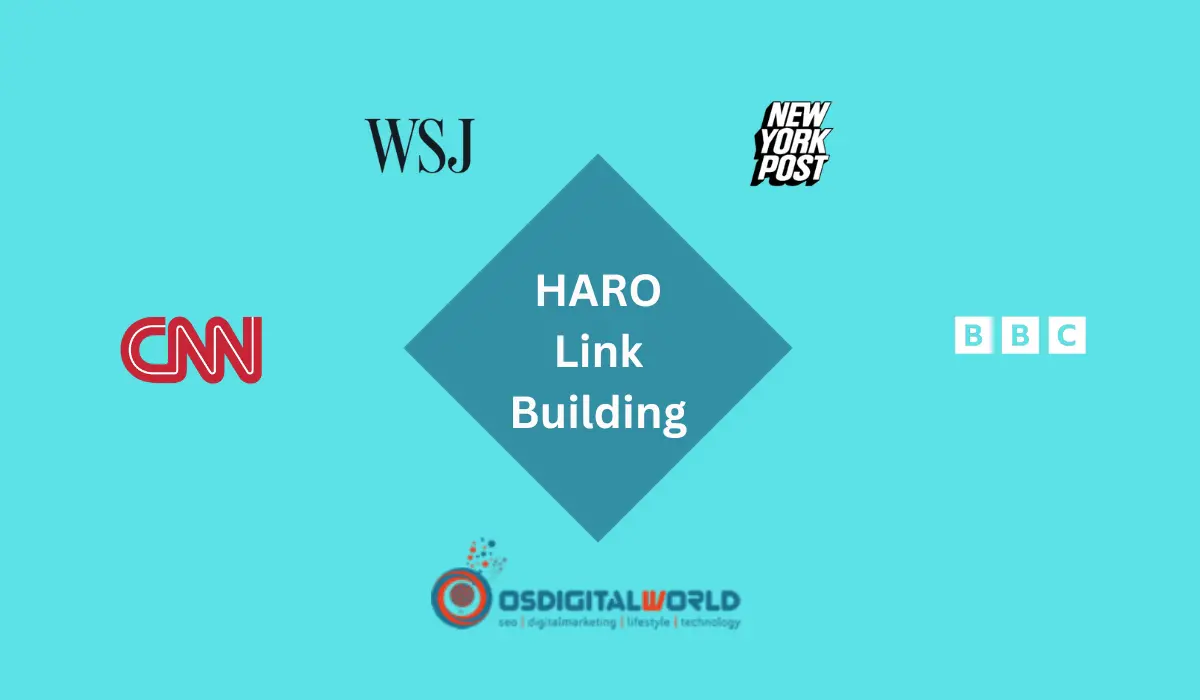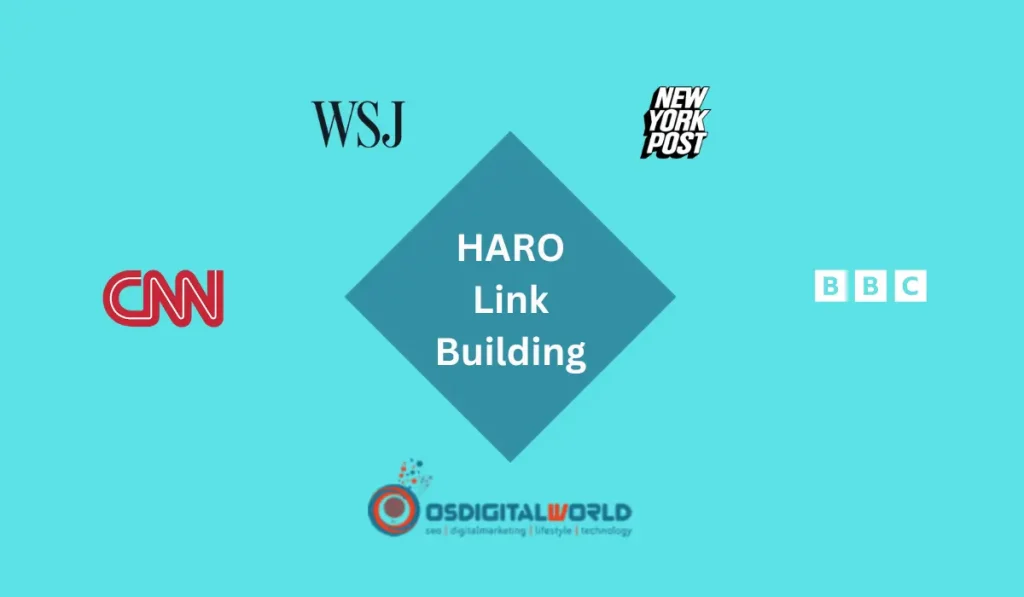In the fast-paced world of journalism, reporters are constantly on the lookout for fresh perspectives, expert insights, and compelling stories to share with their audiences. However, sourcing reliable information and finding experts can be a daunting task. This is where Help a Reporter Out (HARO) comes into play. HARO, a platform that connects journalists with sources, has revolutionized the way media professionals gather information and tell stories. Let’s delve into what is HARO and how it works.
What is HARO?
HARO stands for Help A Reporter Out. It’s a platform that serves as a connection point between journalists and potential sources for their stories. Journalists use HARO to submit queries or requests for expert commentary, information, or sources related to their articles or news stories. HARO then distributes these queries to a vast network of individuals, professionals, and businesses who have signed up to be sourcing. If a source feels they can contribute relevant expertise or insights, they can respond to the query directly through HARO. HARO essentially streamlines the process of journalists finding suitable sources and experts for their articles, while also providing opportunities for individuals and businesses to gain media exposure and contribute to news stories.
How Does HARO Work?
HARO, which stands for Help a Reporter Out, operates as a platform that facilitates connections between journalists and sources. Here’s a breakdown of how HARO works:
Journalist Submits Query:
A journalist in need of expert commentary, quotes, or information for their article submits a query to HARO. This query outlines the topic, specific details required, and any deadlines.
HARO Distributes the Query:
Once the journalist submits their query, HARO reviews it to ensure it meets the platform’s guidelines. Upon approval, HARO distributes the query to its extensive database of subscribers. These subscribers include experts, PR professionals, business owners, and individuals with knowledge in various fields.
Sources Receive and Respond to Queries:
Subscribers who receive the query via HARO can review it and determine if they have the relevant expertise or information sought by the journalist. If they believe they are a suitable match, they can craft a response directly within HARO’s platform.
Journalist Reviews Responses:
After the deadline for responses has passed, the journalist reviews the submissions received via HARO. They evaluate the quality of responses, considering factors such as expertise, relevance, and clarity.
Connection Made:
If a journalist finds a response that meets their requirements, they may reach out to the source for further information, quotes, or interviews. This interaction often leads to the inclusion of the source’s insights in the journalist’s article or story.
Overall, HARO streamlines the process of connecting journalists with sources, making it easier for reporters to find the expertise they need for their articles while providing individuals and businesses with opportunities for media exposure and contribution to news stories.
Benefits of HARO:
Leveraging HARO for link building can be a valuable strategy for improving your website’s SEO, increasing brand visibility, and establishing credibility as an industry expert. However, it’s essential to approach HARO opportunities strategically and provide valuable insights that align with journalists’ needs and interests.
Using HARO (Help a Reporter Out) for link building can offer several benefits for individuals and businesses looking to enhance their online presence and authority. Here are some key benefits:
High-Quality Backlinks:
HARO provides opportunities to earn quality backlinks from reputable news websites, blogs, and online publications. These backlinks are valuable for improving search engine optimization (SEO) rankings and driving organic traffic to your website.
Enhanced Authority and Credibility:
Featuring you as an expert source in articles or news stories enhances your authority and credibility within your industry or niche. When journalists and media outlets recognize your expertise, it can help build trust with your audience and potential customers.
Increased Exposure and Brand Awareness:
Getting mentioned or quoted in articles published on well-known websites exposes your brand to a wider audience. This increased exposure can lead to greater brand recognition and awareness among your target audience.
Opportunities for Networking and Collaboration:
HARO allows you to connect with journalists, bloggers, and influencers in your industry. Building relationships with these professionals can lead to future collaboration opportunities, such as guest blogging, podcast appearances, or joint ventures.
Content Repurposing and Social Proof:
Once you’ve been featured in an article or news story, you can leverage that content for social proof and repurpose it for your marketing efforts. Sharing links to articles where you’ve been quoted can help validate your expertise and attract new followers or customers.
Cost-Effective Marketing Strategy:
HARO is a cost-effective way to earn media coverage and backlinks compared to traditional PR strategies or paid advertising. By investing time in responding to relevant queries and providing valuable insights, you can generate publicity for your brand without spending a lot of money.
Diversification of Link Profile:
Building backlinks through HARO helps diversify your link profile by acquiring links from a variety of domains and sources. This diversification is beneficial for SEO, as it signals to search engines that your website is trusted and authoritative within its niche.
Also Read
Cons of HARO Link Building
While HARO (Help a Reporter Out) offers numerous benefits for link building, there are also some potential drawbacks and challenges to consider:
Time-Consuming:
Responding to HARO queries and securing backlinks can be time-consuming. It requires consistently monitoring incoming queries, crafting personalized responses, and following up with journalists. This investment of time may not always yield immediate results, and it can be challenging to balance HARO efforts with other marketing activities.
Competition:
HARO is a popular platform used by thousands of individuals and businesses seeking media coverage and backlinks. The high level of competition means that not every response will be successful, and it can be challenging to stand out among other sources vying for journalists’ attention. Additionally, journalists may receive numerous responses to their queries, making it more difficult to get noticed.
Relevance and Quality Control:
Not all HARO queries may be relevant to your expertise or industry. Responding to queries that are not a good fit can waste time and effort. It might end up with low-quality backlinks or irrelevant media coverage. It’s essential to carefully evaluate each query and prioritize those that align with your expertise and target audience.
Limited Control over Anchor Text and Link Placement:
When your responses are included in articles or news stories, you will not have control over the anchor text used for your backlinks or the placement of those links within the content. This lack of control can impact the effectiveness of your link-building strategy, as anchor text relevance and link placement are important factors for SEO.
Risk of Negative Publicity:
While HARO offers opportunities for positive media coverage and brand exposure. You also risk receiving negative publicity or experiencing misquoting in articles. Journalists may exercise editorial control over how they utilize your responses, increasing the likelihood of your comments being taken out of context or misrepresented, which could potentially harm your reputation.
Spam and Irrelevant Queries:
HARO queries are open to a wide range of topics and industries. Sometimes It can lead to spammy or irrelevant queries. Sorting through these queries to find legitimate opportunities can be time-consuming, and it may require filtering out irrelevant or low-quality queries to focus on those that offer genuine link-building potential.
While HARO can be a valuable tool for link building and media coverage, it’s essential to approach it with realistic expectations and to carefully assess the potential benefits and drawbacks of your specific business or marketing strategy.
End Words
Help a Reporter Out (HARO) has emerged as a valuable resource for journalists seeking expert sources and individuals or businesses eager to share their knowledge and insights with a broader audience. By simplifying the process of connecting journalists with sources, HARO facilitates the creation of informative and engaging content across various media platforms. Whether you’re a journalist looking for expert commentary or a subject matter expert seeking media exposure, HARO offers a mutually beneficial solution that enriches the world of journalism and storytelling.





